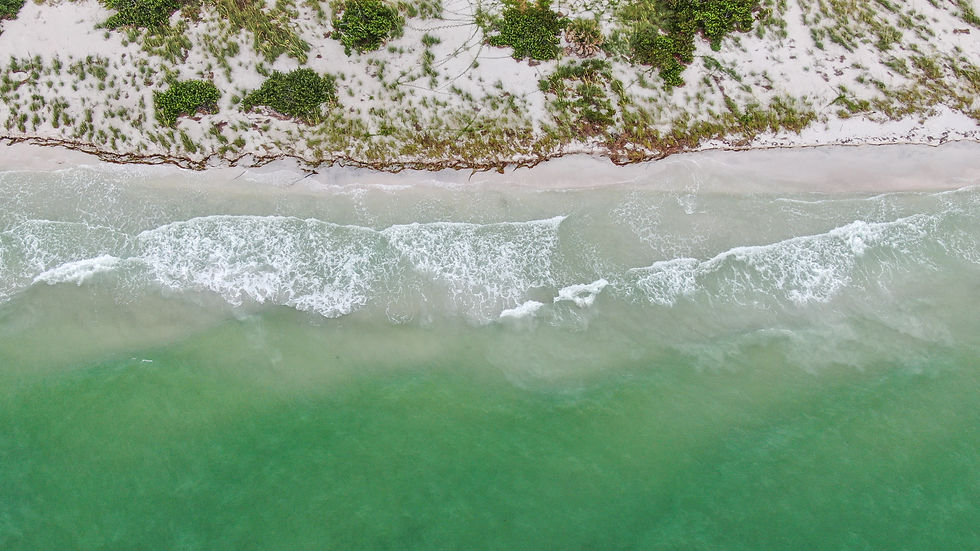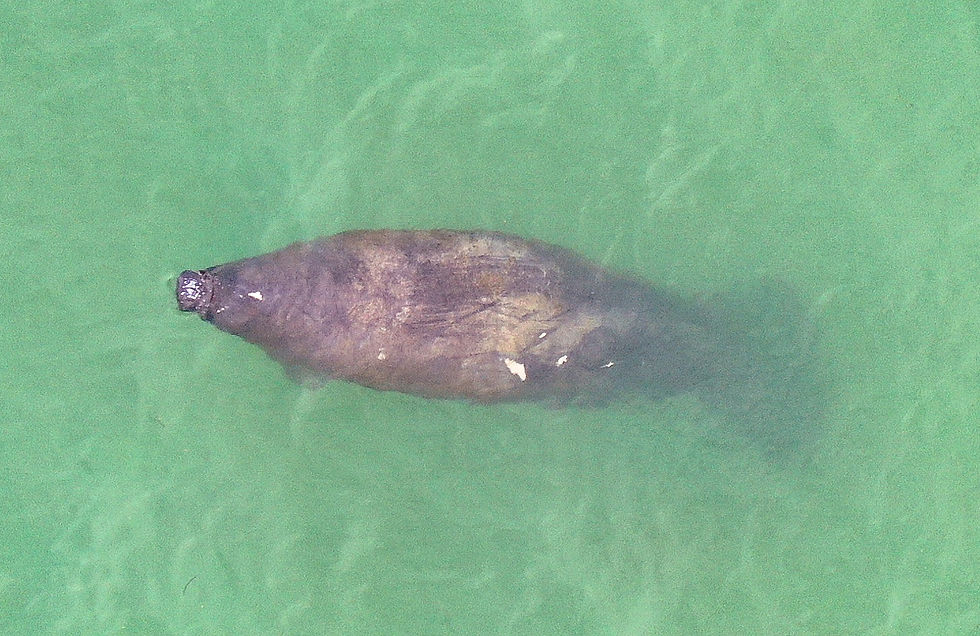Red Tide Photos & Update - June 18
- Bryan Bennett
- Jun 18, 2021
- 1 min read
Red tide is impacting many Pinellas County beaches. If you're not from the Tampa Bay Area, Pinellas County is the populus county of one million residents that includes world-nowned beaches known for their sugary white sand and crystal clear water.

The tropical vacation spot, which host over 15 million vacationers every year, is under attack from karenia brevis, the dinoflagellate responsible for red tide. This single-celled organism feeds on nutrients, primarily nitrogen and phosphorus. The result of a karenia brevis algal bloom is a toxin that paralyzes and kills sealife from catfish to sea turtles to dolphins.
As of June 18th, it's mainly beaches in the central and northern part of the county that are experiencing the greatest red tide impacts. Here are photos and current conditions of Pinellas beaches, from north to south:











As far as the outlook for the rest of the summer, we'll have to continue to monitor. Typically, the most likely time to see a red tide algae bloom is during the late summer and early fall when the Sun angle is the highest and water temperatures are warm. But, this year is not typical as there was a large nutrient-rich wastewater discharge during the late spring from the Piney Point phosphate plant. It's possible that the added nutrients could be playing a role in the current red tide bloom in Tampa Bay and along the Gulf Coast.

Comentários